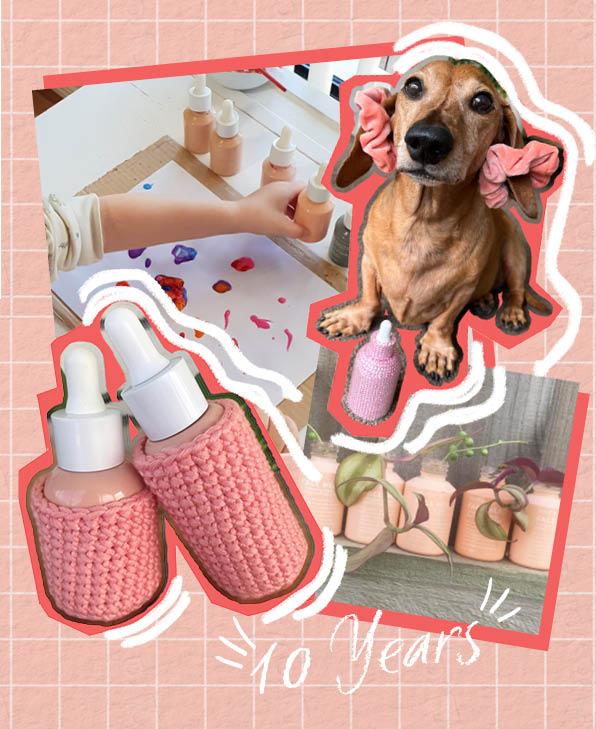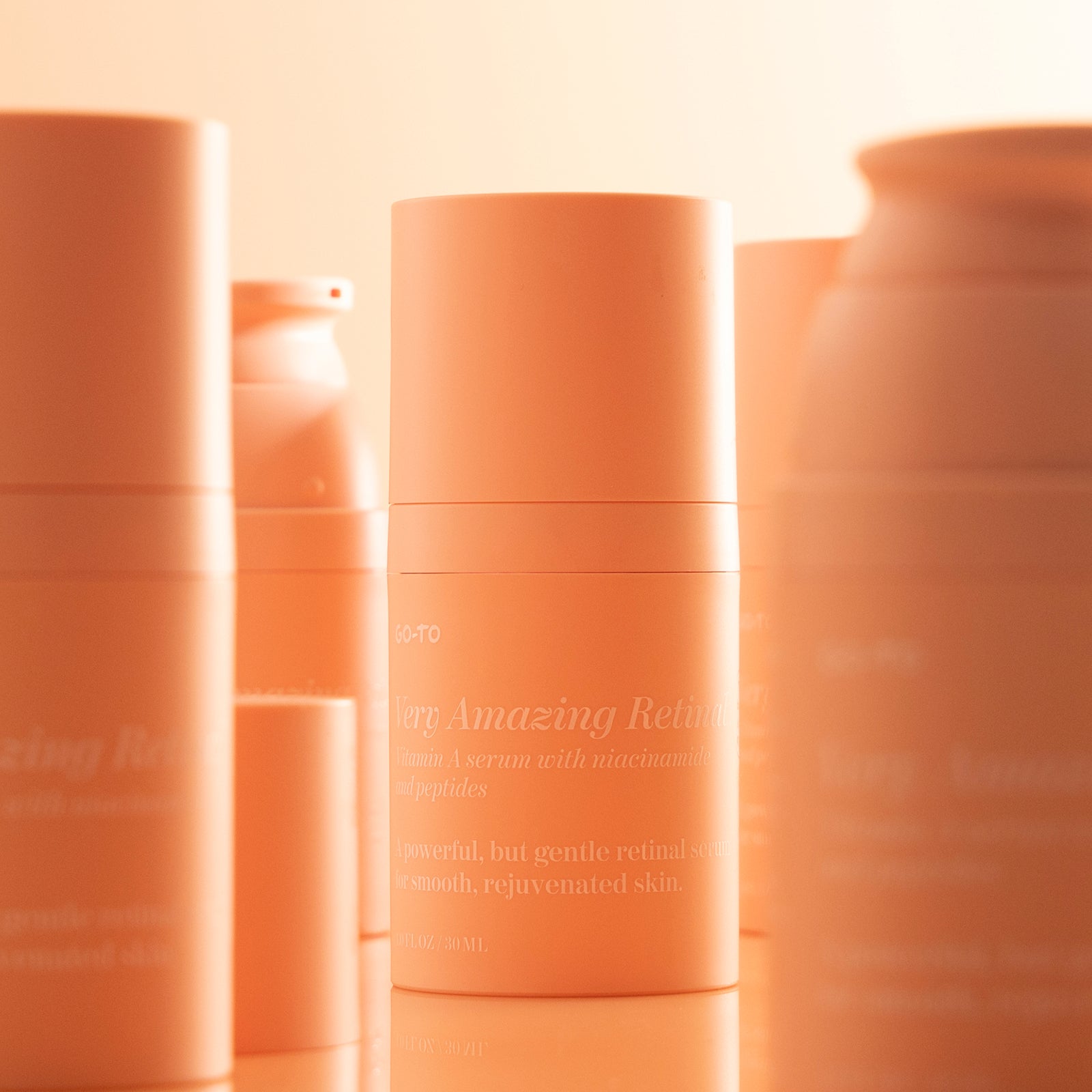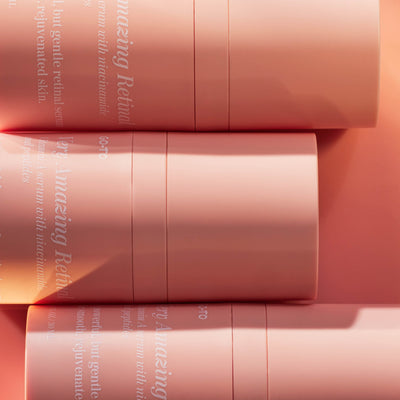Good question! Slightly annoying answer!
As much as I’d love to tell you that adding a new serum into your routine will completely change your skin overnight, I can’t. Realistically, most skincare products you introduce to your routine need time before you’ll see the real results.
“Skin takes time,” says Founder of Skin Essentials, Dr. Imaan Joshi. “Most people by the time they begin to notice changes in their skin that prompt them to do something about it, have left it too long and see changes and deterioration that is marked and very visible.”
There are a few notable exceptions, like sheet masks, which can have an instantly visible effect on your skin, but on the whole, the ingredients in your skincare routine require patience and consistency to be effective.
“Unlike injectables, skin takes time and is usually the bottleneck of most treatments. Talking to patients about this is important to set realistic expectations, as is the importance of at-home skincare in addition to any clinic treatments,” explains Dr Joshi.
With that in mind, we asked Dr. Joshi how long you should be waiting to see these results, based on which ingredients you’re using in your routine.
Let’s go!
Six popular skincare ingredients and how long they typically take to have an effect on your skin:
Hyaluronic Acid: A hydration heavyweight. Hyaluronic acid is a potent humectant that’s known for its ability to plump and hydrate skin. Dr. Joshi advises that the result is typically instant.
“Like many moisturisers, the effect [of hyaluronic acid] is immediate, as hyaluronic acid serums attract water to the skin, giving a plump and glowing effect that is temporary if on the surface of the skin, and if injected, lasting weeks to months.”
Vitamin C: “Used together with SPF, vitamin C is a potent antioxidant that helps improve the efficacy of your SPF,” says Dr. Joshi “You can notice more even skin tone as early as 3-4 weeks and around 8-10 weeks for hyperpigmentation, where it works by fading blemishes without affecting your normal skin colour.”
Vitamin E: A soothing antioxidant powerhouse that’s incredibly popular because it works well with all skin types. “Vitamin E is a fat soluble vitamin, and often works well on its own, but often really well together with vitamin C and ferulic acid,” says Dr. Joshi.
Generally speaking, Dr. Joshi advises that vitamin E will take 8-10 weeks before your face will see obvious results.
Salicylic and Lactic Acid: “These are acids that can be used in cleansers, toners as well as in chemical peels in-clinic. Their effects are usually quick, often days, with best results being cumulative over time to help with skin tone, evenness, acne (salicylic acid) and more.
“Be careful though,” warns Dr. Joshi, “too much can also cause more problems than it is worth.” (Think you’ve overdone it with your chemical exfoliants? We can help.)
Retinal: The heavy-hitter of the skincare world. “Retinol/retinal is the over the counter version of the prescription vitamin A that is one of the holy grails of skincare, alongside daily SPF use,” explains Dr. Joshi.
“Unsafe in pregnancy, it works by stimulating increased cell turnover, resulting in evening out of fine lines and wrinkles, inducing collagen and more even skin tone. The down side? It takes time. Usually a minimum of 10+ weeks, and ongoing use is needed for best results. (For more expert advice from Dr. Joshi, head here.)
In the first 2-4 weeks of introducing a retinoid Dr Cara McDonald says you will likely notice the “shedding of sluggish skin cells”. This can cause some congestion and inflammation: aka purging. For most people this is temporary, and pushing through is very worthwhile.
“At six months, you should be comfortably clear of any side effects. Instead, your skin texture will appear more smooth and even, with a noticeable difference to any pigmentation in the skin,” Dr Cara explains.
She continues: “At twelve months, and beyond, there is evidence for ongoing improvement up to 24 months with increased dermal collagen, and a decrease in collagen breakdown. In acne-prone skin, the pores will appear smaller with less congestion and fewer breakouts.” Nice.
















Comments